FOMC Minutes Preview: Wither Tariffs
By Newsquawk
Summary
The Minutes to the January FOMC meeting will be read to asses the range of views among the FOMC, particularly in regards to future easing, potential impact of Trump policies, and the final push for inflation.
- Data since the FOMC has been on the hot side, but this will not be incorporated into the Minutes, so there is a possibility some expectations have shifted (Waller in January did not rule out a March cut, but this week he made the case for rates to remain steady).
- Within the policy statement, the Fed removed language about making progress towards 2% inflation, but Powell stressed this was just a language clean up and was not meant to signal a policy shift.
- Many Fed speakers have stated that progress to 2% has not been as fast as hoped, while looking ahead there are now upside risks to inflation with tariffs set to be implemented by US President Trump - some suggest this will be a one time increase, and we will look to see whether or not this is the general consensus on the FOMC.
- Commentary from Fed officials largely expresses uncertainty ahead and given the strength of the labor market, with inflation still above target, holding policy at the current level is the right plan of action.
Markets are now pricing in 37bps of easing through the year-end with the first cut fully priced by September. The Fed's dot plots (released in December, set to be updated in March), saw the median dot plot pencil in two rate cuts in 2025. Meanwhile, the median estimate of the neutral rate ticked up to 3.0%, although forecasts are wide, ranging from 2.4-3.9%.
Prior Meeting:
At its January policy meeting, the FOMC kept rates unchanged at between 4.25-4.50%, as expected, in a unanimous decision. The statement adjusted its language, removing a reference to inflation making progress towards the 2% target while still noting inflation remains elevated; Chair Powell claims it was language clean-up, used to shorten the sentence, and was not a policy shift. The statement also described the labour market as having stabilised at a low unemployment rate, contrasting December's assessment that conditions had eased.
Despite this, the Fed maintained a balanced view on risks to employment and inflation and kept its data-dependent stance on future adjustments. On several occasions, Powell emphasized that the Fed is not in a rush to adjust its policy stance, even when asked about the prospects of a March rate cut. The Fed Chair noted that recent inflation readings, particularly in shelter, suggest progress, but stressed that this is not guaranteed. He acknowledged uncertainty in forecasting due to significant policy shifts but reiterated that the Fed is in a good place to monitor the economy.
Powell confirmed that the Fed is above its long-run neutral rate estimate, and is closely monitoring reserve levels, with no immediate plan to end quantitative tightening. Powell also stated that the Fed is awaiting clarity on potential changes in fiscal and regulatory policies under President Trump.
Recent Commentary:
In his semi-annual testimonies to Congress, Powell largely reiterated the themes he spoke about in his post-meeting press conference. However, since then, the aggregate impact of the latest US jobs data, CPI and PPI data resulted in a hawkish shift to the markets' implied pricing for Fed rate cuts; at the time of writing, money markets are pricing in just 36bps of rate reductions in 2025, and have the first fully discounted cut pencilled in for September.
It is worth noting the Minutes are an account of the 29th January meeting, and it will not incorporate information released after that (strong jobs data, hot CPI, and PPI data). The strong data and uncertainty ahead of tariffs has largely seen the FOMC state that policy should be kept steady, and they are in no rush to cut rates further whilst they pan out uncertainties and see how the data comes in ahead.
Tyler Durden Wed, 02/19/2025 - 12:54
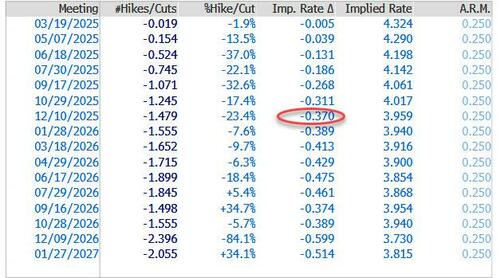

 One radical alternative to waiting on the Boeing jets was to retrofit the Qatari jet Mr. Trump toured over the weekend
One radical alternative to waiting on the Boeing jets was to retrofit the Qatari jet Mr. Trump toured over the weekend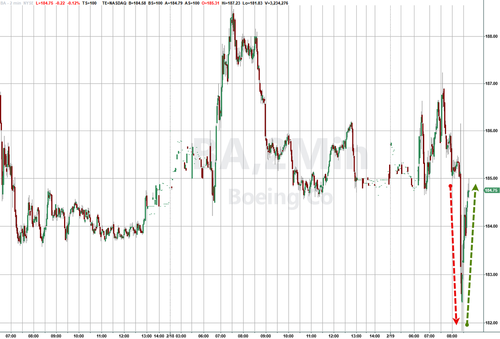
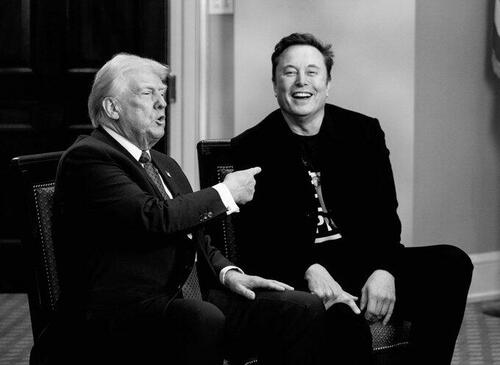
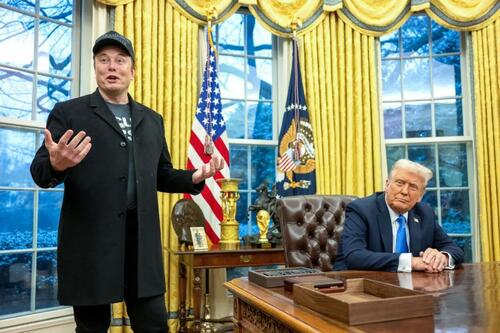
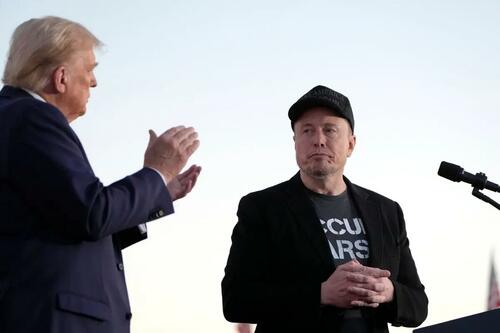

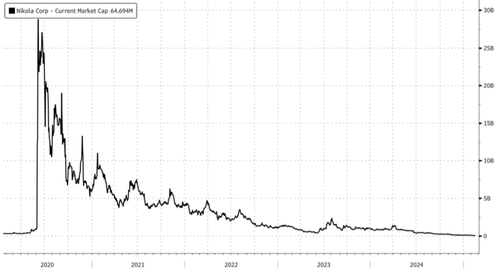

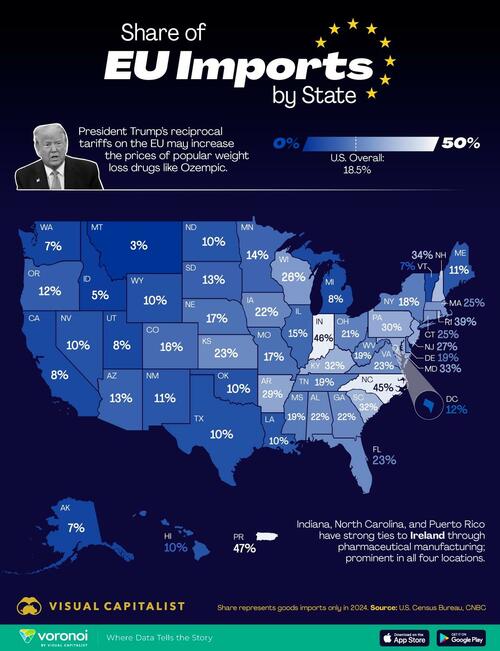

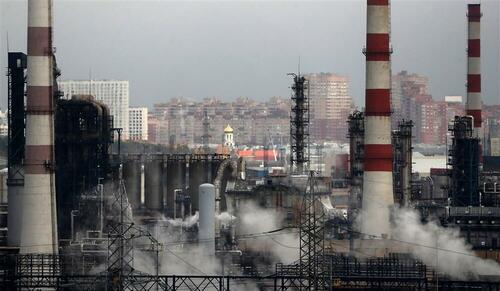 Image: EPA-EFE
Image: EPA-EFE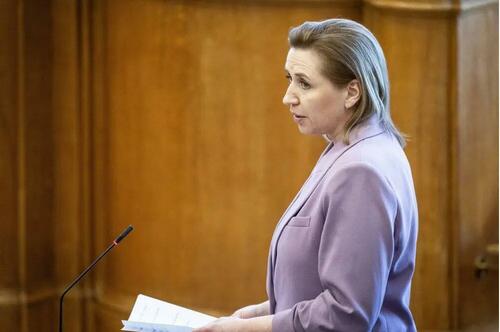
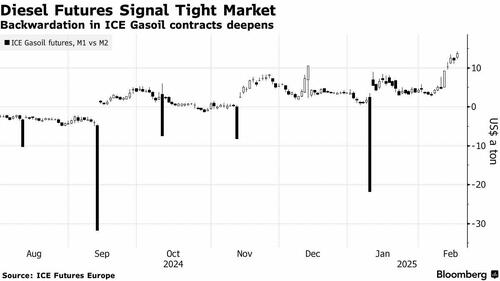
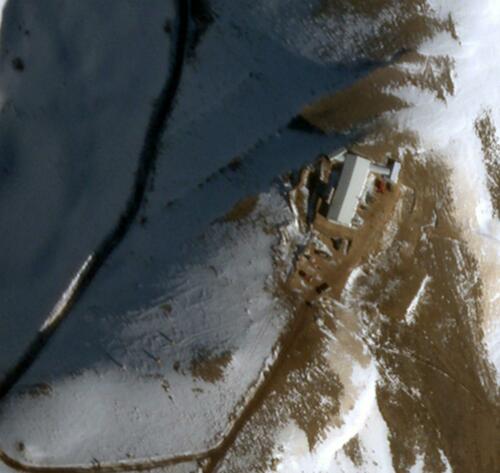 Via Planet Labs
Via Planet Labs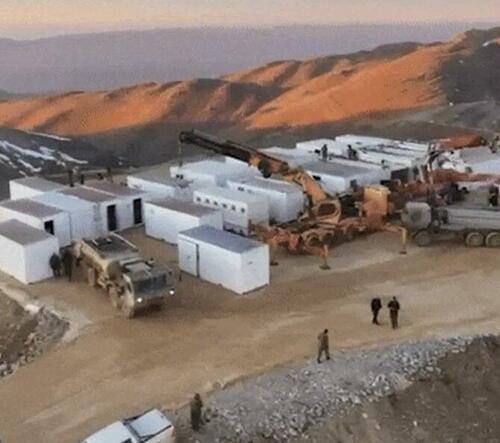 Stillframe from footage of new IDF Syria outpost under construction, IDF/Haaretz.
Stillframe from footage of new IDF Syria outpost under construction, IDF/Haaretz.

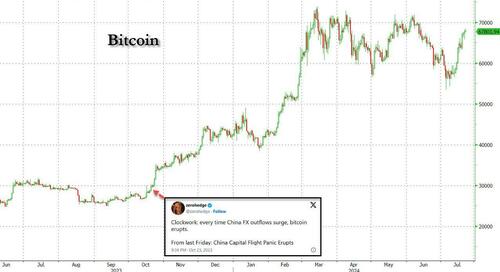
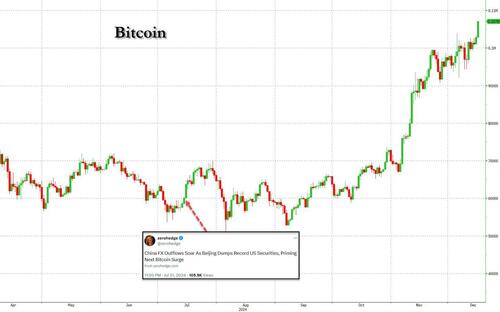
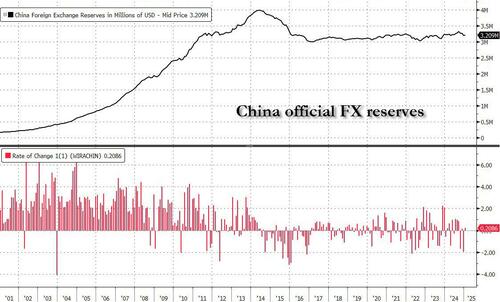
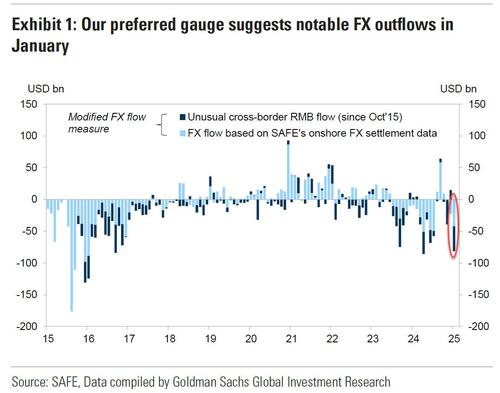
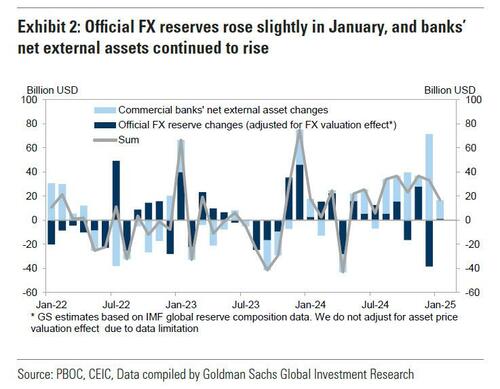
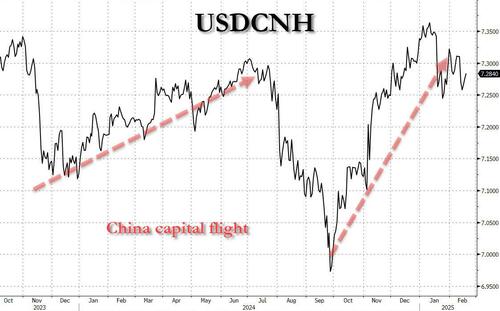
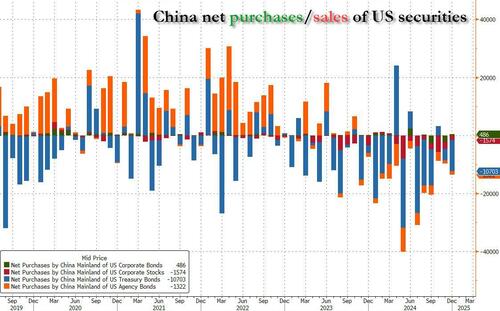
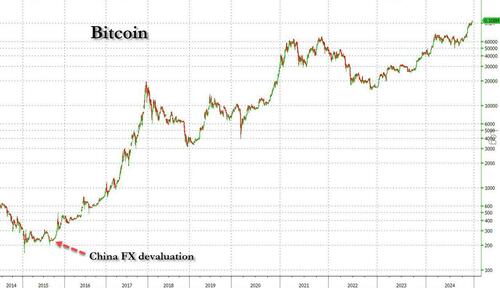
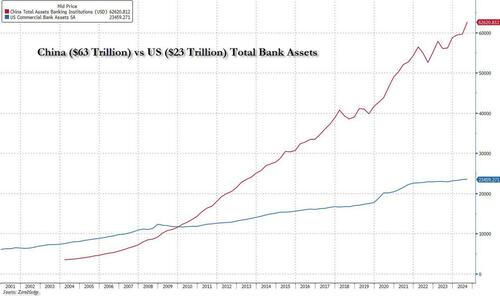
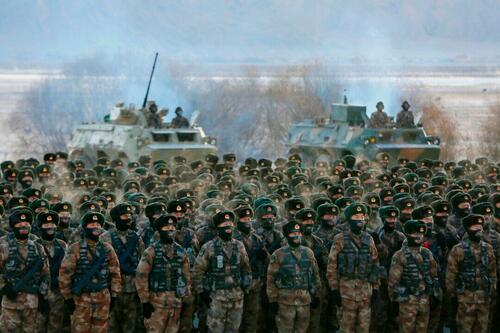
 Illustration by The Epoch Times, Shutterstock
Illustration by The Epoch Times, Shutterstock People pass a sign for JPMorgan Chase & Co. at its headquarters in New York City on Oct. 2, 2012. Spencer Platt/Getty Images
People pass a sign for JPMorgan Chase & Co. at its headquarters in New York City on Oct. 2, 2012. Spencer Platt/Getty Images

 An illustration of a potential U.S. defense system that President Donald Trump is directing agencies to investigate. Illustration by The Epoch Times, Shutterstock, Getty Images
An illustration of a potential U.S. defense system that President Donald Trump is directing agencies to investigate. Illustration by The Epoch Times, Shutterstock, Getty Images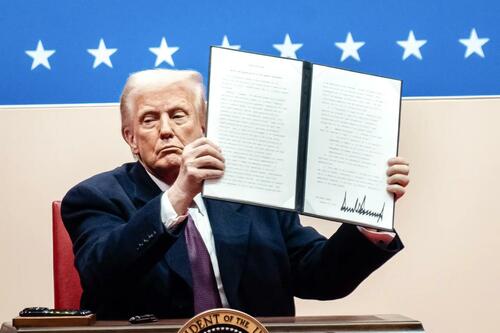 President Donald Trump signs executive orders at the Capital One Arena in Washington on Jan. 20, 2025. Madalina Vasiliu/The Epoch Times
President Donald Trump signs executive orders at the Capital One Arena in Washington on Jan. 20, 2025. Madalina Vasiliu/The Epoch Times The U.S. Army test fires a Patriot missile, a mobile missile defense interceptor deployed by the United States. Ringo Chiu/AFP via Getty Images, U.S. Army
The U.S. Army test fires a Patriot missile, a mobile missile defense interceptor deployed by the United States. Ringo Chiu/AFP via Getty Images, U.S. Army
Recent comments